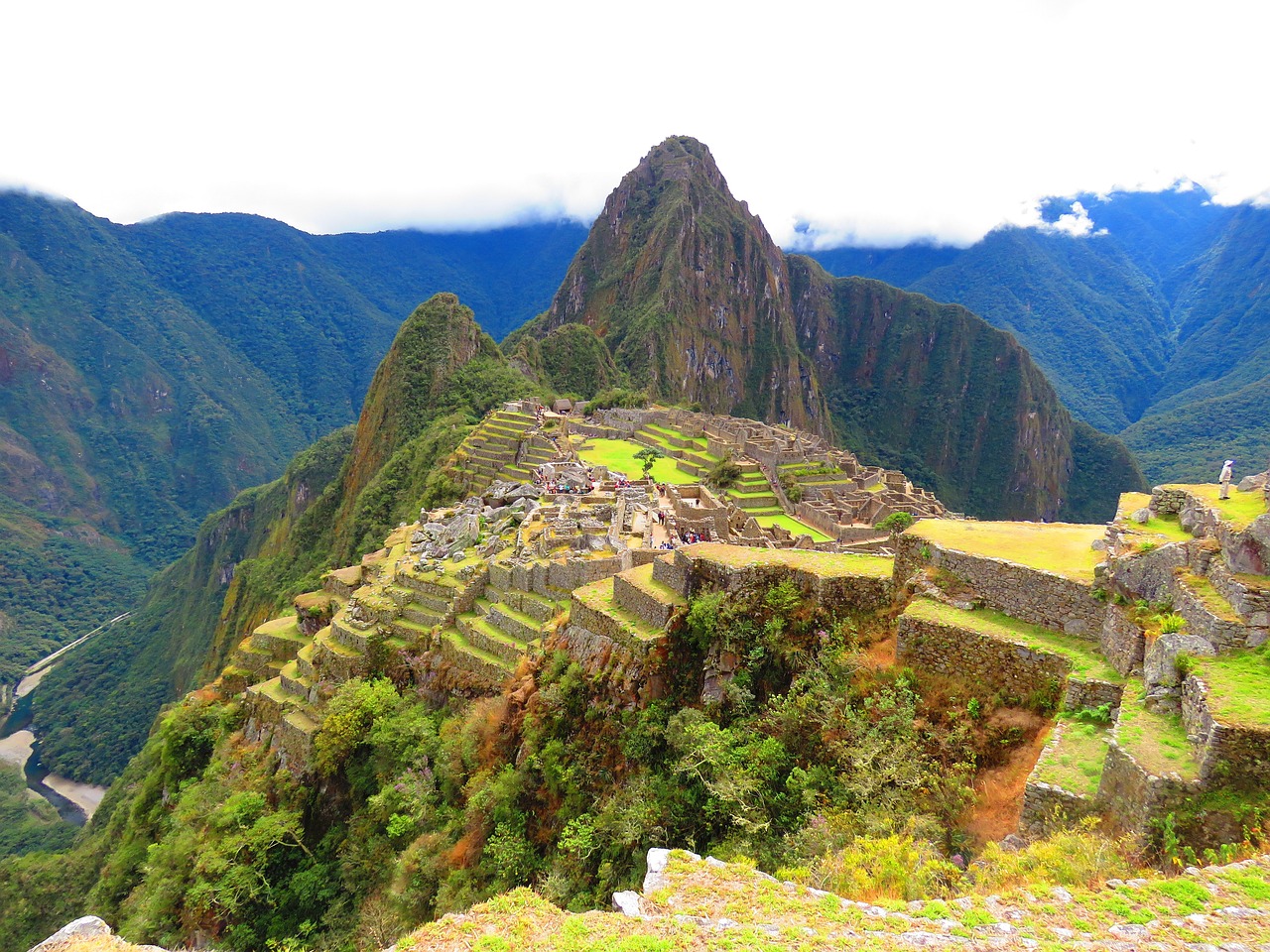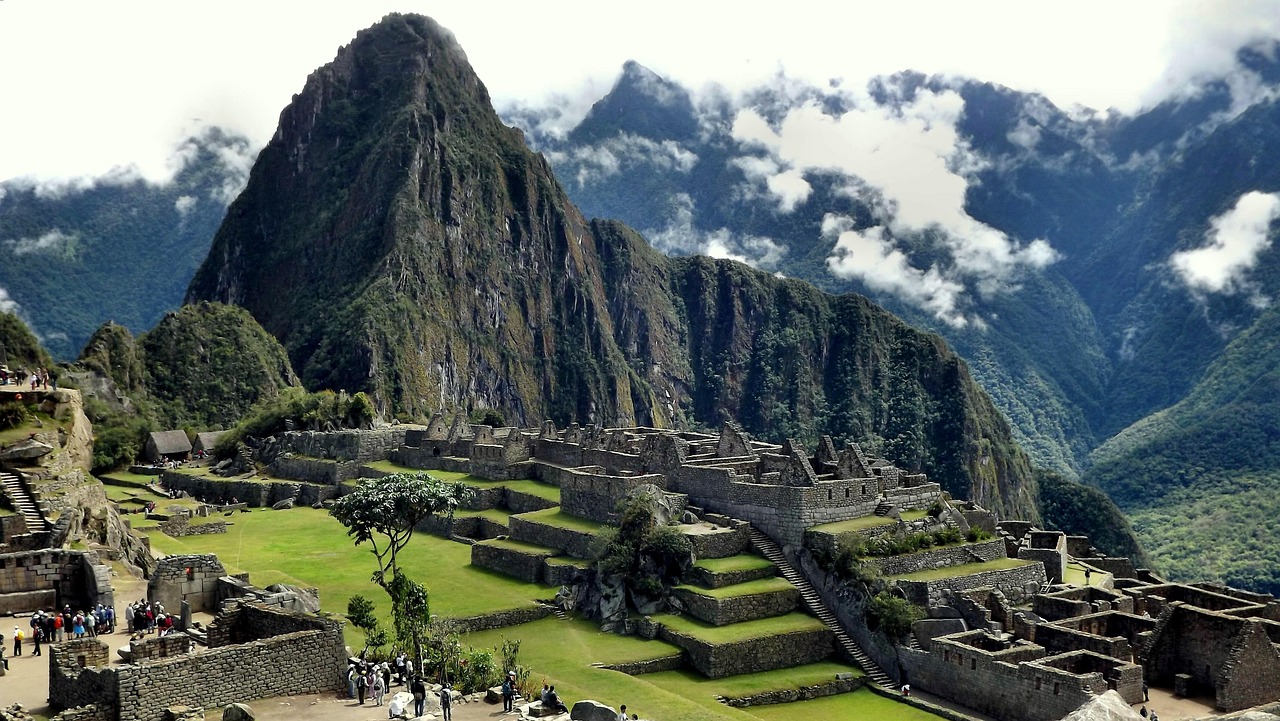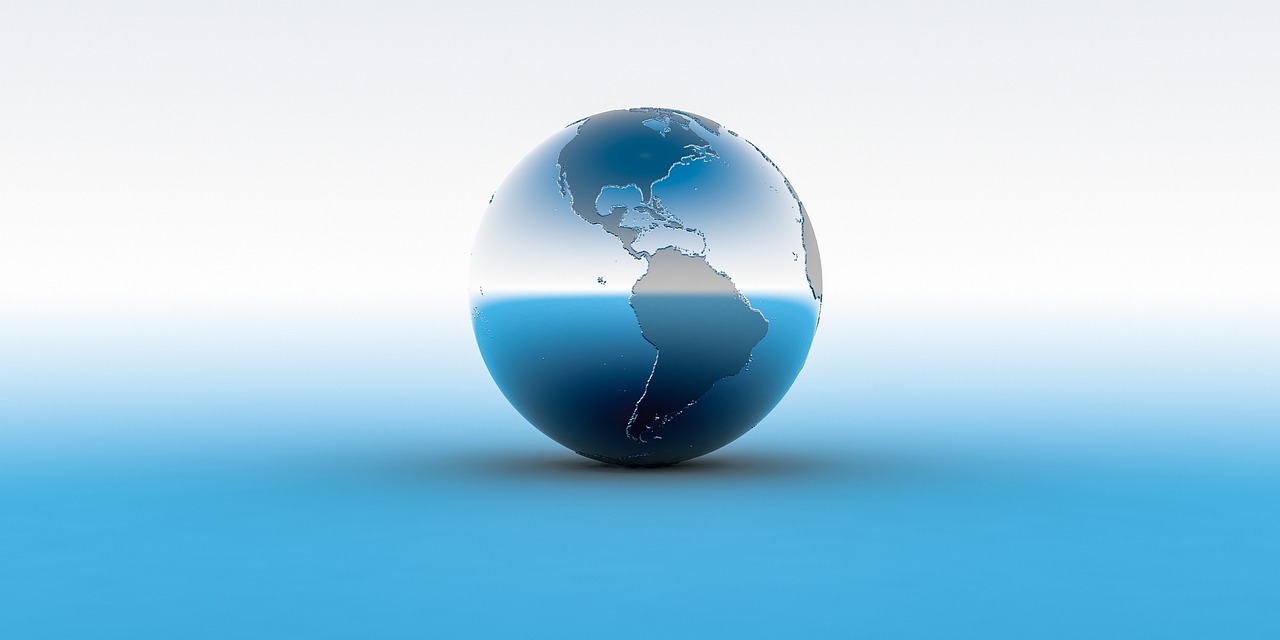Local Celebrations and Holidays: What to Expect in Peru
Peru, a vibrant country located in South America, is known for its rich cultural heritage and diverse celebrations. From traditional festivals rooted in ancient Inca traditions to religious processions, Peru offers a unique experience for visitors who want to immerse themselves in the local culture. In this article, we will explore some of the most prominent celebrations and holidays in Peru, providing you with insights into what to expect and how to make the most of your visit.
Fiestas Patrias
Fiestas Patrias, also known as Peruvian Independence Day, is celebrated on July 28th and 29th each year. This nationwide celebration commemorates Peru’s independence from Spanish rule, which was declared in 1821. During this time, you can expect to see vibrant parades, cultural performances, and traditional dances throughout the country. The festivities often include fireworks, music, and delicious Peruvian cuisine. It’s a great opportunity to witness the patriotic spirit of the Peruvian people.
- Parades: One of the highlights of Fiestas Patrias is the colorful parades that take place in various cities across Peru. Expect to see marching bands, traditional costumes, and impressive displays of national pride.
- Gastronomy: Peruvian cuisine is renowned worldwide, and during Fiestas Patrias, you’ll have the chance to indulge in traditional dishes such as ceviche, anticuchos, and pisco sour. Food festivals and culinary events are organized throughout the country.
- Fireworks: As the sun sets, the sky comes alive with breathtaking fireworks displays. Many cities, including Lima, Cusco, and Arequipa, offer impressive pyrotechnic shows to mark the occasion.
- Dancing and Music: Local folk dances, such as the Marinera and Huayno, are performed during Fiestas Patrias. You can also enjoy live music concerts featuring traditional Peruvian instruments like the charango and zampoña.
Inti Raymi
Inti Raymi, also known as the Festival of the Sun, is an ancient Inca celebration that takes place in Cusco on June 24th each year. This festival honors Inti, the Sun God, and was historically a significant event in the Inca Empire. Today, it has become a major tourist attraction, drawing visitors from around the world.
- Processions and Rituals: The highlight of Inti Raymi is the reenactment of ancient Inca rituals and ceremonies. Participants dress in colorful traditional costumes and perform sacred rituals to honor the Sun God.
- Sacsayhuaman: The main ceremony takes place at the archaeological site of Sacsayhuaman, located just outside of Cusco. Here, you can witness traditional dances, music, and theatrical performances that bring the Inca culture to life.
- Offerings and Sacrifices: As part of the festival, offerings are made to the Sun God, including food, coca leaves, and llama sacrifices. These rituals are performed to ensure a bountiful harvest and good fortune for the coming year.
- Traditional Food: During Inti Raymi, you can savor traditional Inca cuisine, such as roasted guinea pig (cuy) and chicha, a fermented corn beverage. Vendors line the streets, offering a variety of delicious dishes.
Carnaval
Carnaval is a lively and colorful celebration that takes place in various regions of Peru, typically in February or March. This festival marks the beginning of Lent and is known for its vibrant parades, water fights, and street parties.
- Water Battles: One of the highlights of Carnaval is the playful water fights that take place in the streets. People armed with water balloons, buckets, and water guns engage in friendly battles, drenching each other in the spirit of fun and laughter.
- Parades and Costumes: Colorful parades featuring dancers in elaborate costumes wind their way through the streets during Carnaval. Participants wear masks and traditional outfits, adding to the festive atmosphere.
- Music and Dance: Live music bands perform upbeat rhythms, and people dance through the streets, creating a joyful ambiance. Traditional dances like the Marinera and Festejo are commonly performed during Carnaval.
- Traditional Foods: Food stalls offer a wide array of traditional delicacies, including picarones (sweet potato and squash fritters), tamales, and empanadas. You can also find refreshing beverages like chicha morada, a purple corn drink.
Inti Raymi Image:

Qoyllur Rit’i
Qoyllur Rit’i, meaning “Snow Star” in Quechua, is a unique religious festival held in the Sinakara Valley near Cusco. This celebration combines indigenous Andean traditions with Catholicism and is considered one of the largest religious pilgrimages in the Andean region.
- Pilgrimage: Thousands of devotees, dressed in traditional clothing, embark on a pilgrimage to the Sinakara Valley. The journey involves a challenging hike to reach the sanctuary, located at an altitude of over 15,000 feet.
- Dance Performances: During Qoyllur Rit’i, various dance groups perform traditional dances, each with its own symbolic meaning. The most famous dance is the “Qhapaq Qolla,” performed by the Qhapaq Qolla Nation.
- Religious Ceremonies: Devotees participate in religious ceremonies that blend indigenous Andean rituals with Catholic traditions. Offerings are made to the Apus (mountain deities) and the Lord of Qoyllur Rit’i.
- Ice Sculptures: A unique feature of Qoyllur Rit’i is the creation of ice sculptures. Pilgrims carve blocks of ice into intricate religious symbols and carry them back to their communities as a symbol of blessings.
Cusco Image:

Virgen de la Candelaria
Virgen de la Candelaria, also known as the Virgin of Candelaria, is a religious festival celebrated in Puno during the first two weeks of February. It is one of the largest and most colorful festivals in the Andean region, attracting both locals and international visitors.
- Processions: The festival features grand processions where participants carry images of the Virgin Mary through the streets of Puno. The processions are accompanied by music, dance, and traditional costumes.
- Dance Competitions: The highlight of Virgen de la Candelaria is the vibrant dance competitions. Groups from different communities showcase their traditional dances, incorporating intricate choreography and stunning costumes.
- Music and Instruments: Traditional Andean music fills the air during the festival, with musicians playing instruments such as the siku (panpipes), charango, and drums. The rhythmic beats and melodies create an energetic atmosphere.
- Artisan Fair: Puno hosts an artisan fair during the festival, where you can find a wide range of traditional crafts, including textiles, ceramics, and woodcarvings. It’s a great opportunity to support local artisans and take home unique souvenirs.
National Pisco Sour Day
Pisco Sour is Peru’s national drink, and it has its own dedicated day of celebration on the first Saturday of February each year. This day is a tribute to the iconic cocktail and provides an opportunity to appreciate the art of mixology and the unique flavors of Peruvian pisco.
- Pisco Tastings: Bars and restaurants across Peru offer special tastings and promotions for Pisco Sour Day. You can sample different varieties of pisco and learn about the distillation process.
- Cocktail Competitions: Mixologists showcase their skills in cocktail competitions, where they create innovative twists on the classic Pisco Sour recipe. Judges evaluate the taste, presentation, and creativity of each cocktail.
- Cultural Events: Pisco Sour Day is not just about the drink itself; it’s also an opportunity to celebrate Peruvian culture. Cultural events, such as live music performances and traditional dance shows, are organized throughout the country.
- Pisco Sour Variations: Besides the classic Pisco Sour, you can also try different variations of the cocktail, such as the Maracuya Sour (made with passion fruit) or the Chilcano (a refreshing mix of pisco, ginger ale, and lime).
Lima Image:

Conclusion
Peru’s local celebrations and holidays offer a fascinating glimpse into the country’s rich cultural heritage. From colorful parades and traditional dances to religious rituals and culinary delights, these festivities provide an immersive experience for visitors. Whether you’re witnessing the grandeur of Inti Raymi in Cusco or joining the playful water fights of Carnaval, Peru’s celebrations will leave a lasting impression. Make sure to plan your visit accordingly and immerse yourself in the vibrant culture and traditions that make Peru a truly unique destination.
References
– peru.travel
– machupicchu.gob.pe
– cusco-peru.org
– punotours.com


